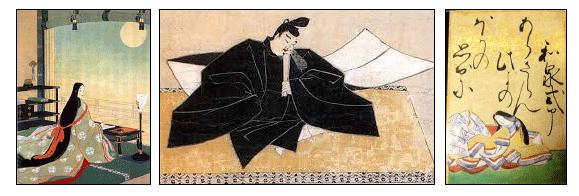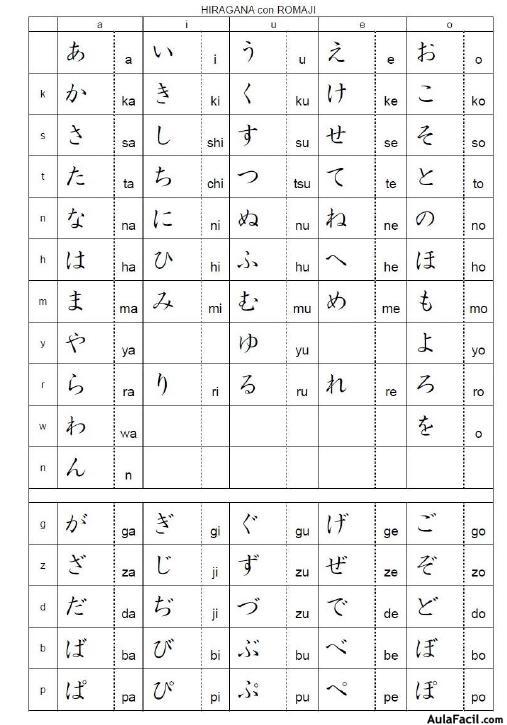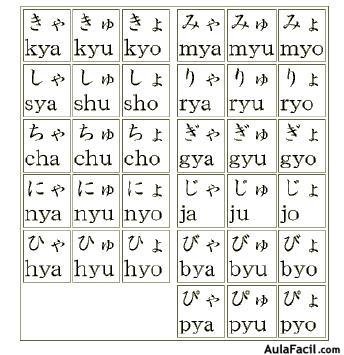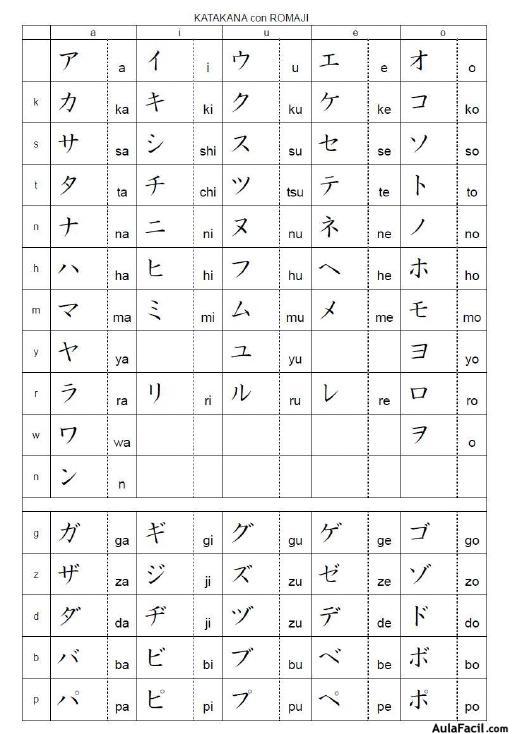Introduction to Japanese Writing Systems
Content: Brief Introduction to Japanese Writing Systems
Aim: What are the four ways Japanese people write their language?

I. Introduction:
The Japanese language is linguistically very different from the Chinese language in that Japanese did not originate with its own writing system. About 2000 years ago, Japanese nobles began using Chinese characters, and eventually developed two distinct writing systems – Hiragana and Katakana. Both writing systems were derived from Chinese characters and were developed in order to express the phonetic sounds of Japanese in written form.
Katakana came along about 1000 years after Hiragana. Katakana was originally developed by religious monks in an effort to create a short hand form of writing Chinese characters. However, it was later used to distinguish words of foreign origin. like the word computer or bus borrowed from English. At the time, it was important to the nobility to preserve the purity and “heritage” of the Japanese language by writing words considered to be non-Japanese in a distinctive manner.
Today, modern Japanese frequently combines the use of all three writing systems in a sentence. Hiragana and Katakana – phonetically express Japanese – are learned from the first grade starting with 80 Chinese characters.
By the time children graduate from the sixth grade, they will have mastered approximately 1000 Chinese characters. Chinese characters used in Japanese are called Kanji. Although there are about 50,000 – 80,000 Chinese characters, only about 3000 of them are used in every day writing and publications.
Following the influx of foreign traders in Japan, the use of the Romanized alphabet to express Japanese phonetic sounds was introduced as a way to facilitate communication with foreign people who were unable to read Hiragana, Katakana and Kanji. These alphabetic characters are referred to as Romaji. We will be using Romaji throughout each lesson to introduce the pronunciation of Japanese words.
Summary of Japanese writing systems:
1) Hiragana – Are symbols that represent the phonetic sounds of words that are considered Japanese in origin.
Hiragana have a rounded appearance as follows:
あいうえお (A, I , U, E, O)
2) Katakana –Are symbols that represent, non-Japanese or foreign words or Names like “computer”, “football”, “James”, “Motorola”, or “Salt Lake City”.
Katakana have a more linear appearance as follows:
アイウエオ(A, I , U, E, O)
3) Kanji –Are Chinese characters).
Examples: 漢字見本例
4) Romaji – Are the Roman alphabets used to represent the phonetic sounds of Japanese words. Developed for people who cannot read Japanese.
In the first 15 lessons, we will mainly focus more on the introduction of new vocabulary, hiragana, and katakana. In later lessons we will gradually introduce Kanji (Chinese characters).
II. Mini-Quiz: (Test your knowledge)
1. Q: What is this writing system called? 漢字見本例
A: ___________________________
2. Q: Which writing system below is Katakana – used to express foreign words?
A: a. あいうえお b.アイウエオ c. 漢字見本例
3. Q: What is Romaji?
A: a. A type of Italian food that is popular in Japan?
b. Roman Alphabet characters used to express Japanese phonetic sounds.
c. A neighborhood in Tokyo?
Quiz Answers: 1-Kanji, 2-b, 3-b
III. Writing Practice:
Overview of the 50 sounds of Hiragana

Compounds in Hiragana:

Overview of the 50 sounds of Katakana
| S-1-1 |

